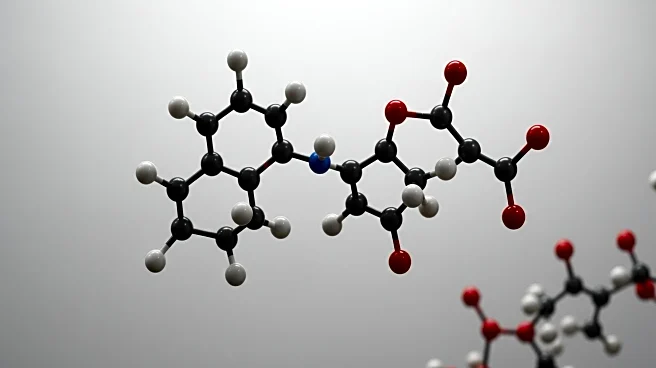What's Happening?
Scientists have confirmed the altermagnetic properties of an organic crystal using advanced optical methods, revealing unique magnetic features. The study, conducted by researchers including Satoshi Iguchi from Tohoku University, focused on the organic crystal κ-(BEDT-TTF)₂Cu[N(CN)₂]Cl, a candidate for altermagnetism. Unlike typical magnets, altermagnets do not exhibit net magnetization but can influence light polarization. The research involved measuring the magneto-optical Kerr effect and extracting the optical conductivity spectrum, providing detailed insights into the material's magnetic and electronic properties.
Why It's Important?
The discovery of altermagnetism in organic materials opens new avenues for developing next-generation magnetic devices. Altermagnets offer unique properties that could lead to lightweight, flexible magnetic materials with applications in technology and electronics. This research expands the understanding of magnetism beyond traditional ferromagnets and antiferromagnets, potentially influencing the design of high-performance magnetic devices. The findings highlight the potential of organic compounds in magnetic research, paving the way for innovative material science developments.
Beyond the Headlines
The study's optical approach provides a new framework for exploring magnetism in materials with low crystal symmetry, broadening the scope of magnetic research. This method could be applied to other organic compounds, enhancing the understanding of their magnetic behavior and electronic properties. The interdisciplinary collaboration among researchers underscores the importance of combining physics, chemistry, and materials science to advance magnetic research.











